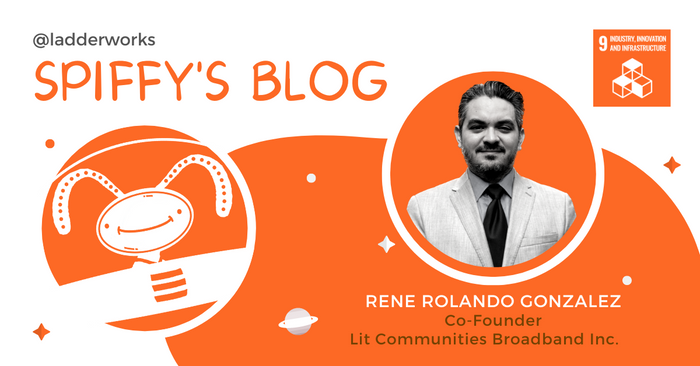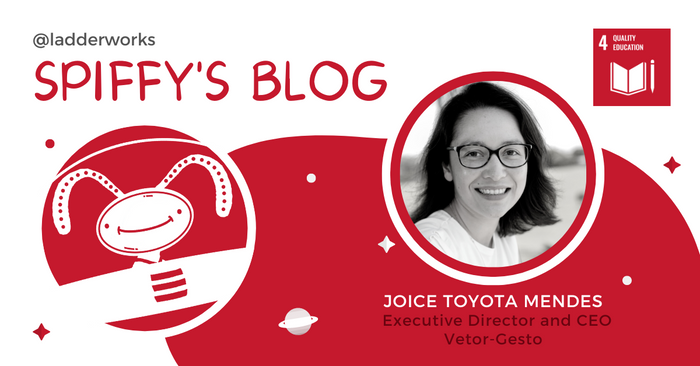Rene: Thanks for having me, Spiffy! Our organization is closing the Digital Divide in Brownsville, Texas which is one of the least connected communities in the United States. Since the community lacked the availability of reliable high-speed internet, the City of Brownsville and Lit Communities developed a Public-Private Partnership to build fiber optic throughout the entire city, including economically distressed and high-poverty areas.
Jessyca: Thanks for having me, Spiffy! I am addressing the challenges of good health and well-being within the hair care and beauty industry by promoting the use of natural, non-harmful products in hair care and wellness as well as holistic approaches that include mental health sensitivity and support. The issue of gender inequality in business ownership, as well as decent work and economic growth, is addressed through my hair care entrepreneurship programs aimed primarily at Black women entrepreneurs desiring to start or grow a business. By having more Black female entrepreneurs and business owners, we will address the challenge of reducing inequalities.
Joice: Thanks for having me, Spiffy! Brazil’s educational system is vast: approximately 47 million students are enrolled, considering those from Educação Básica (primary and secondary school). This whole system has 181,000 schools and 1.7 million teachers. In addition, fundamental challenges remain concerning the quality and equity of education in Brazil. A white person has, on average, 1.8 more years of study than a black one. Inequality is even higher when we compare public outcomes with the ones of the private sector.




